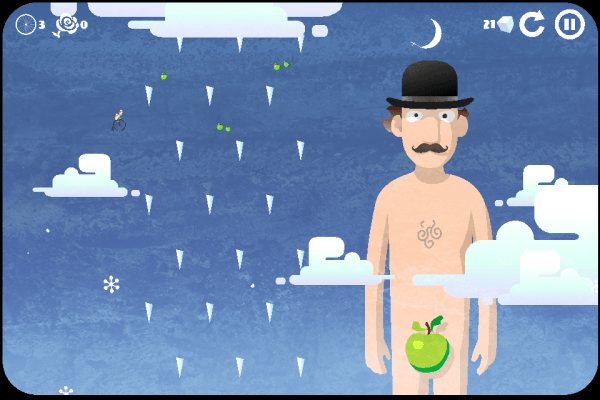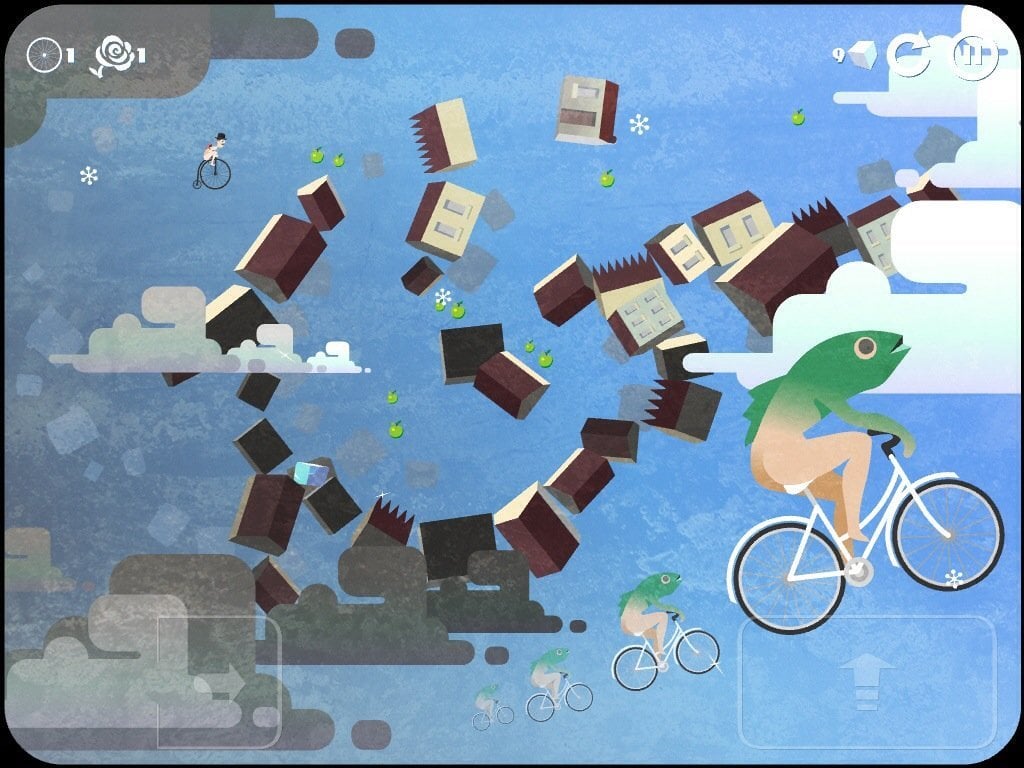

The volatile, odiferous products containing naphthalene or paradichlorobenzene can be hazardous if used incorrectly. Householders intending to use moth balls, flakes or crystals should carefully read and follow label directions. Articles to be stored should then be packed in tight-fitting plastic bags or containers.

Cleaning kills any eggs or larvae that may be present, and removes perspiration odors that tend to attract pests. Woolens and other susceptible items should be dry-cleaned or laundered before being stored for long periods.

As with clothes moths, the best way to avoid problems with carpet beetles is prevention. Because of this diverse diet, the pests may be found virtually anywhere in homes, often making elimination a challenge. Unlike clothes moths, some varieties of carpet beetle will also infest seeds, cereals, pet food, and other plant-based materials. The pests can also proliferate on bird nests, animal carcasses, and dead insects (cluster flies, lady beetles, stink bugs, wasps, etc.), which tend to be associated with attics, chimneys, basements, and light fixtures. 4: Carpet beetles are often found around the edges of rugs and carpets.Ĭarpet beetles can also thrive on lint, hair, and debris accumulating under baseboards and inside floor vents and ducts. Edges and undersides of rugs and carpets are more likely to be infested than areas out in the open.įig. Clothing and blankets in regular use are seldom attacked the same is true of rugs that are routinely vacuumed. The larvae often feed within fabric folds (hems, collars, cuffs, etc.) in closets, chests and boxes where items are stored for long periods. Commonly attacked items include sweaters, scarves, coats, blankets, rugs, down pillows and comforters, upholstery, toys, decorative items, and taxidermy mounts. 3: Feeding damage caused by carpet beetles.Īs noted earlier, carpet beetle larvae feed on animal-based materials, especially wool, felt, fur, silk, feathers and leather.
#Icycle on thin ice hidden items skin
2: A typical larva (top) and shed skin (bottom).įig.

As they graze along the surface of susceptible materials, they often leave threadbare spots and irregular holes.įig. The developing larvae also leave behind shed (molted) skins. Larvae are about 1/8 to 1/4-inch long, tan to brownish in color, slow moving, and densely covered with hairs or bristles. In a few weeks, the tiny eggs laid by adult beetles hatch into the fabric-consuming larvae. 1: Adult carpet beetles are small and often appear speckled or mottled. While some breeding sites may be obvious (e.g., a wool rug stored in a closet), others can be subtle-for example, accumulations of pet hair associated with baseboards, air vents and ducts.įig. Female beetles lay about 50-100 eggs on or near vulnerable materials. In springtime, they often appear on windowsills, suggesting an infestation may be present inside the home. Adult carpet beetles feed on flower pollen and do not damage woolens and other fabrics. (For more information about clothes moths, see University of Kentucky Entomology Entfact-609.) The adults are small (1/16 to 1/8-inch), oval-shaped beetles ranging in color from black- to various ‘mottled’ patterns of white, brown, yellow and orange. Facts about Carpet BeetlesĬarpet beetles are common in dwellings, and their damage is often mistaken for that of clothes moths. Infestations of carpet beetles can develop undetected, causing harm to vulnerable items. Cotton and synthetic fabrics such as polyester and rayon are rarely attacked unless blended with wool, or heavily soiled with food stains or body oils. Such materials contain keratin, a fibrous animal protein which the larvae are able to digest. Similar to clothes moths, the pests also feed on many other items composed of wool, fur, felt, silk, feathers, skins, and leather. University of Kentucky College of AgricultureĬarpet beetles, as their name implies, sometimes infest carpets.
#Icycle on thin ice hidden items pdf
ENTFACT-601: Carpet Beetles | Download PDF by Michael F.


 0 kommentar(er)
0 kommentar(er)
